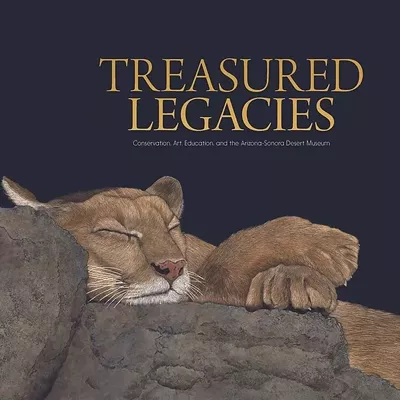Last year, Kedney walked away from a high-powered corporate career to become founder and director of a new Tucson branch of the New York-based Writers Studio. "I had done all the big business stuff and made a lot of money," she says, "but the thing that I loved was writing, and I wanted my life to be about writing."
Kedney's desire to teach grew out of her longtime relationship with her teacher, writer Philip Schultz. Schultz founded the well-known Writers Studio in New York 20 years ago. But, Schultz says, he's not looking to replicate the program across the country. The decision to open the first and only Writers Studio site outside of New York was a natural outgrowth of his work with Kedney.
Schultz says he has no doubt Kedney has what it takes to be a good teacher. "She has no quit in her," he says. "The French poet Valery said you don't finish poems; you abandon them. That means you keep going further. You just keep going as deeply as you possibly can. Eleanor has always wanted to go further into her material."
Schultz' own desire to go deeper into his material was one of his reasons for starting the Writers Studio, which began as an experiment while he was still teaching in a university setting and becoming frustrated with some of its limitations, primarily the lack of a unified teaching method. "Most (MFA programs) have a collection of very good writers, and they each teach in their own style," says Schultz. "I don't know of any other program that has a method or philosophy evolved over a long time."
Kristie Atwood agrees. Atwood received an MFA in poetry from the University of Arizona and is now one of nine students in Eleanor Kedney's Level II Tucson Writers Studio class. Atwood says that while she had some very good teachers at the UA, the Writers Studio's very systematic teaching method has given her more tools and more insight into the craft. "I think it is stricter, and it has more form to it," says Atwood. "Just this week, we were talking about grounding characters in a scene. I had a teacher in my MFA program who would say things like if a leaf is falling outside, you put the leaf in your scene. What he was really saying is: Ground your character in a scene."
Another difference students cite is classroom atmosphere. Teresa Shen Swingler is also a student in Kedney's Level II class. Shen Swingler majored in chemistry at the UA, but also took writing classes. "It was very competitive," she says. "People tear apart your writing. I remember walking home crying, because I felt torn to shreds. Here, it feels like everybody wants you to succeed."
That encouraging environment is an integral part of the Writers Studio approach. "I really cared about other writers having an opportunity to have a mentor who wasn't going to let them down," says Kedney. "I had that with Phil. I had my own tough time, and he said, 'I'm not going to abandon you.'"
Kedney says students feel the difference right away. "I find by the third class, people feel the sense of community. It really clicks in that this is a safe environment. We're a good group; this is going to work."
But encouragement does not mean only praise. Students are taught to analyze each other's work based on the Writers Studio method of focusing on specific aspects, such as tone and mood. The classes are designed around exercises that teach students to create a persona narrator as a way of approaching their material.
These techniques have helped both Atwood and Shen Swingler write about material they had struggled with.
Atwood and her husband went to New Orleans last September to help with animal rescue after Hurricane Katrina. "I tried to write about it several times, but I didn't have a tool," Atwood says. "But I found it in Eleanor's workshop. The assignment had to do with putting the characters in motion and keeping them moving through a scene. And that fit perfectly."
Shen Swingler says she had tried for years to write about growing up in an immigrant family and had made many unsuccessful attempts. Then Kedney assigned an exercise based on the poem "The Green Piano" by Robert Pinsky. "It's this beautiful, lyrical poem that uses the celebration of an object to talk about loss, the loss of his childhood and his mother," says Shen Swingler, "I realized it could help me to write about assimilation in an immigrant family. I used a Buddha statue to express a loss of culture." The result, a story titled "The Laughing Buddha," earned Shen Swingler her first publishing credit. The story will be published in the forthcoming issue of the online literary journal Del Sol Review.
But publishing is not paramount at the Writers Studio. In a time when many MFA programs are criticized for churning out graduates whose skills are honed primarily to producing writing that is marketable, the Writers Studio encourages students to go through draft after draft in search of the strongest expression of the emotional content of the writer's material.
Writers Studio alum Jennifer Egan--whose latest novel is currently on The New York Times bestseller list--credits Philip Schultz's classes with breaking her out of a period of writer's block in which all of her pieces were "emotionally dead." Egan told Poets and Writers Magazine that she thinks Schultz is "much more interested in getting at a certain rawness and emotional truth than at a slickness."
Writing Studio fall classes begin the week of Sept. 25. For more information, contact Eleanor Kedney at 743-8214 or eleanor@writerstudio.com.







